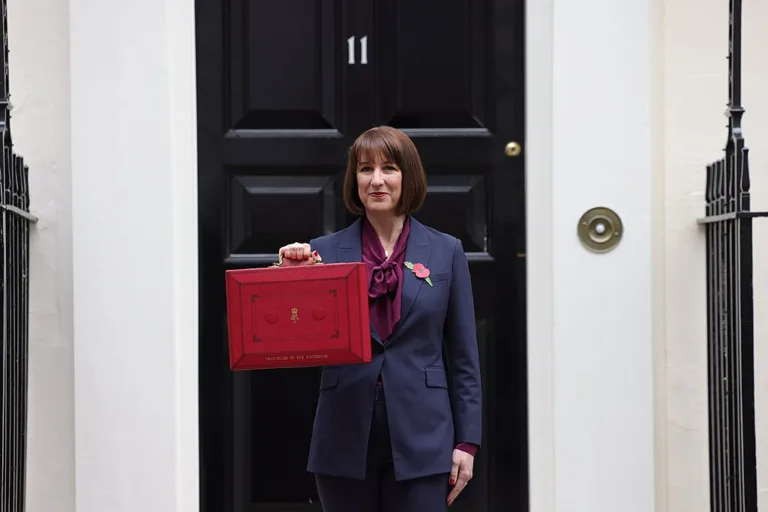Delivered against a backdrop of fluctuating economic forecasts, the 2025 Spring Statement has left many prospective and current landlords scrutinising the implications it will have on their portfolios, writes Mortgage Advice Bureau’s Emily Hill.
The government’s Spring Statement statement largely outlined key fiscal policies, with an emphasis on stabilising and subsequently growing the economy. While direct measures specifically targeting landlords were limited, the state of the economy significantly impacts rental yields and operational costs, so must be taken into account when it comes to how they impact the buy-to-let sector.
The state of the economy
Rachel Reeves outlined that inflation should continue to rise this year, falling to 2.1% in 2026 and meeting 2% levels from 2027 onwards. Inflation beginning to slow could ease pressure on interest rates, potentially offering some relief if you’ve opted for a variable-rate buy-to-let mortgage.
However, as we’ve learnt over the last five years, we never truly know what’s around the corner. Be sure to closely monitor economic indicators and regional trends, as there are so many factors at play that can turn the tables on mortgage rates.
As a prime example, the latest updates to US tariffs could have a knock-on effect if the UK decides to retaliate with tariffs of its own, as it could mean consumers face increasing costs. If the exchange rate weakens, this could cause inflation to rise once again. It’s not entirely clear how this will impact mortgage rates as it stands, but either way, all eyes are on the Bank of England to determine what this means for the next base rate decision.
Stamp Duty relief removal
While not explicitly mentioned in the Spring Statement, Stamp Duty thresholds have now changed, which could have a knock-on effect on both your property and your tenants. The surcharge on second homes and buy-to-let properties also mean you’ll face higher upfront costs for those thinking of expanding your portfolio.
If you’re thinking of entering the buy-to-let market or are looking to purchase multiple properties, you must now factor in these additional charges when calculating your affordability.
Housebuilding targets
Planning reforms promising to enable housebuilding to reach a 40-year high, with a target of building 305,000 homes a year by 2029. That amounts to 1.3m homes in the UK over the next five years, which Reeves says takes the government “within touching distance” of its pledge to build 1.5m homes in England over the next five years.
In order to meet these targets, the Chancellor has also promised a £600m package to train up to 60,000 new construction workers, coupled with a £2bn investment in social and affordable housing, which was confirmed in the Spring Statement. Increased construction activity and housing development will naturally contribute to economic growth, which can lead to job creation, elevated incomes, and in turn, boost demand for rental properties.
Seeking expert advice
While the Spring Statement did not introduce sweeping changes specifically targeting landlords, the key takeaway is to remain adaptable, understand regional market dynamics, and focus on providing high-quality rental properties that meet the evolving needs of your tenants.
No two sets of financial circumstances are the same, and the outcome of the Spring Statement will impact everyone’s budgets differently. That’s why it’s so important to speak to a mortgage adviser, who will ensure you have the right buy-to-let mortgage options at your disposal.










